2019 promises us loads of fantastic new cameras to get excited about, and we've got all the latest camera rumors right here.
With CES 2019 and Japan's CP+ imaging show both on the horizon, camera rumors are coming out of the woodwork every single day and it can be hard to keep track of everything. Don't worry though - with our finger on the pulse of the latest industry trends and rumors, and with a bit of our own tech knowledge we've accumulated after years in the industry, we’ll look at what the biggest names in photography may be dreaming up.
We’ve culled through every single one of the latest camera rumors, from wild speculation to the most convincing leaks, and brought you the biggest and the best camera rumors in 2019 going.
With these rumors, we can start to piece together a rough picture of products that major camera companies might be aiming to release, and what thirsty photographers will be able to get their hands on in the near future.
Now, it’s time to really dive into all of the juiciest camera rumors from every major manufacturer, from Canon to Olympus.

Camera rumors 2019
- Best camera
- Best DSLR
- Best mirrorless camera
- Best full-frame camera
- Best compact camera
- What camera should I buy?
- Mirrorless vs DSLR: 10 key differences
Canon EOS R Pro
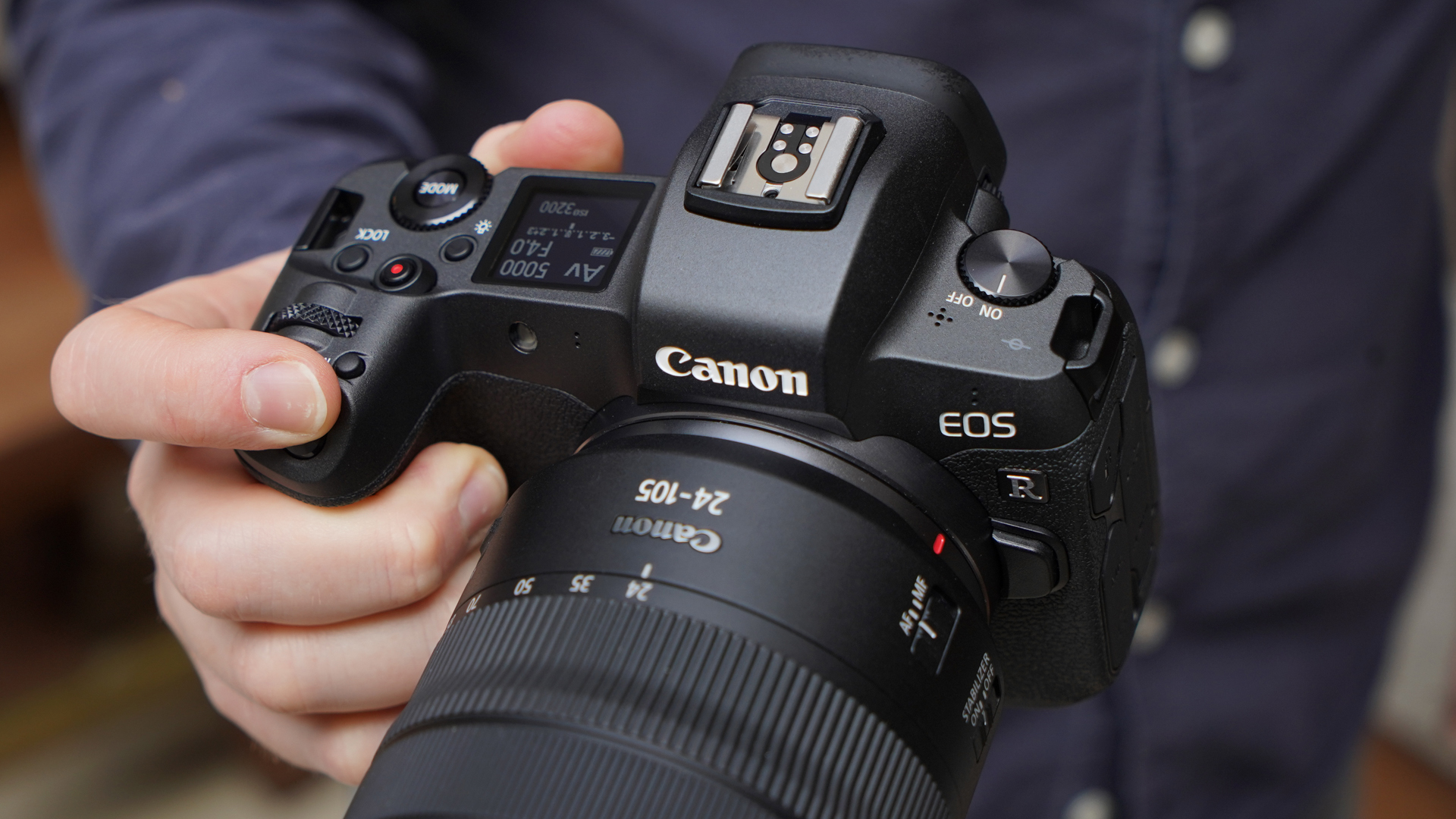
Could we see a pro-spec mirrorless equivalent of the EOS-1D X Mark II?
Predicted specs: Too early to say | RF Lens mount

While Canon's first full-frame mirrorless camera, the EOS R is a very good camera, it's not the flagship camera many had expected. What the EOS R is though is the first camera in an all-new system from the brand. With that in mind, it's not beyond the realms of possibility that we could see a new high-end model soon.
In fact, CanonRumours is reporting that we could see an EOS R Pro development announcement in January 2019, with an official launch at a later date, possibly at Japan's big CP+ photo show in March next year.
We reckon it'll potentially be a natural successor to the pros favorite, the mighty Canon EOS-1D X Mark II (though that's not to say we won't see a Mark III version as well), with a launch next year enough time to establish itself ahead of the 2020 Olympics.

Canon EOS M5 and M6 replacements

It looks like Canon's oldest current mirrorless cameras are going to get an update
Predicted specs: New 24MP APS-C sensors | 4K video recording | DIGIC 8 image processors

While Canon's been focusing its attention on its new EOS R full-frame mirrorless camera, Canon isn't about to drop its EOS M range of mirrorless cameras.
CanonRumors reports that “at least” two further models in the line are set to arrive in 2019.
These two new cameras are likely to be replacements for the EOS M5 (launched back in 2016 and the flagship camera in the range) and the EOS M6.
Both models are designed around Canon's 24.2MP APS-C sensors, but with both only shooting in Full HD video format, we expect both new models to get uprated sensors (though resolution is likely to stay the same) that support 4K video recording (though hopefully without the restrictive cropping that the EOS M50 suffers from).
This could mean we could see in DIGIC 8 image processors and improved Dual Pixel CMOS AF technology with better subject tracking.

Canon EOS 5D X
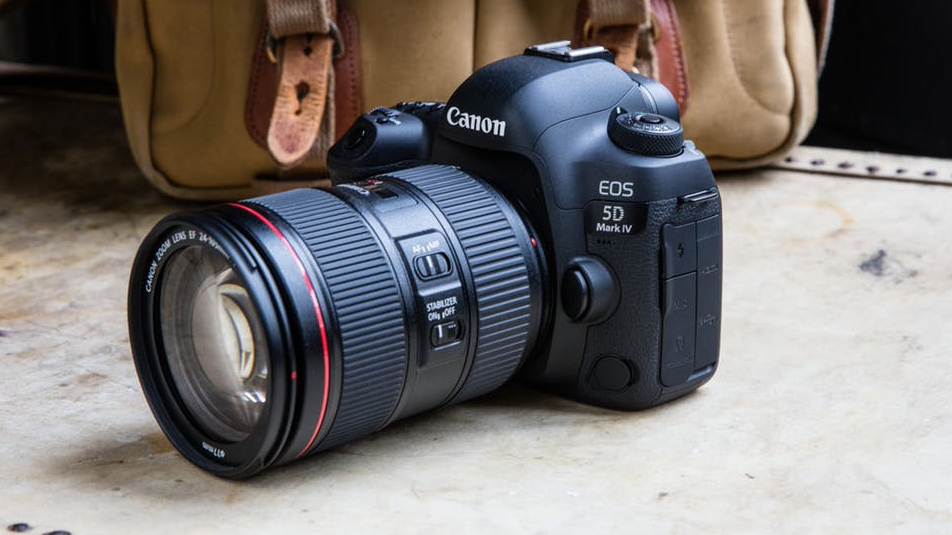
Could Canon launch a rival to Nikon's D850 and Sony's Alpha A7R III
Predicted specs: Full-frame 50MP sensor | 8fps burst shooting | Improved 4K video capture

When it was launched back in 2016, Canon's EOS 5D Mark IV was our favourite DSLR. A well-rounded camera, it was (and still is) an incredibly versatile photographic tool. However, 2017 saw Nikon release the mighty 45.4MP D850 and Sony launch the 42.2MP Alpha A7R III.
Both cameras are similarly priced, but offer more pixels, while matching or bettering the performance of the EOS 5D Mark IV. Unless you're a die hard Canon user, the 5D Mark IV is hard to recommend over the other two.
Then consider that the 50MP Canon EOS 5DS was launched in 2015 and we reckon Canon might consolidate its two lines into a single, multi-purpose DSLR that offers a high pixel count and high performance to rival the D850 and Alpha A7R III.
We're speculating here, but this new DSLR could potentially be called the EOS 5D X and feature a new and improved 50MP full-frame sensor that was used in the EOS 5DS, now with a much broader and improved ISO range, while burst shooting could hit 8fps.
We reckon video might also get a hike in performance - the 1.64x crop when shooting 4K on the EOS 5D Mark IV is a bit of a turn off to many videographers. To aid shooting both stills and video, maybe we might also see the inclusion of a vari-angle touchscreen display.

Canon EOS 7D Mark III

One of the oldest EOS DSLRs available, could Canon's high-end enthusiast DSLR be about to get an update?
Predicted specs: Updated 20.2MP sensor or new 28MP chip | Dual DIGIC 8 image processors | 11fps+ burst shooting

Announced back in 2014, the EOS 7D Mark II is one of the oldest, if not the oldest DSLR in the EOS line-up and we think 2018 will be the year we see the arrival of the EOS 7D Mark III.
What can we expect to see then? It'll certainly get a new sensor, but whether Canon opts to stick with a 20MP resolution or increase this to 28MP (as CanonWatch.com is reporting), it's still unclear. It'll definitely get a broader ISO performance to rival the Nikon D500, while a better dynamic range at low ISO sensitivities would be welcome too.
The dual DIGIC 4 image processors in the Mark II are likely to be replaced by the latest DIGIC 8 image processor, seeing burst shooting speeds increase beyond 10fps - maybe somewhere between 11-12fps. The new image processor could also help out with AF tracking - something the existing model lags behind on compared to its newer rivals.
The Canon EOS 7D Mark III should also see the inclusion of touchscreen functionality on the rear vari-angle display to real take advantage of Canon's Dual Pixel CMOS AF system for Live View.
What about video? Canon's been reticent to include 4K capture on a string of new cameras with the exception of the EOS 5D Mark IV, but to compete with rivals, the EOS 7D Mark III really needs this feature to compete.

- Best camera
- Best DSLR
- Best mirrorless camera
- Best full-frame camera
- Best compact camera
- What camera should I buy?
- Mirrorless vs DSLR: 10 key differences
Nikon Z9

We think we could see at flagship Z9 full-frame mirrorless camera as early as spring 2019
Predicted specs: Too early to say | Z mount

Nikon's first full-frame mirrorless cameras have already impressed, with the Z7 one of our favorite cameras right now.
However, like Canon with the EOS R, the Z7 and Z6 aren't the top of the range cameras some were expecting.
Nikon itself it wanted to hold something back at the launch of the Z6 and Z7, which suggests we should see a flagship model. A baby D5 if you will, with the same tank-like build that working pros demand, with a performance that can keep up with the likes of Sony's Alpha A9.
This should see a burst shooting speed of at least 20fps, an even more sophisticated autofocus system and a number of other advanced features. We'll have to see what rumors develop in the coming months.

Nikon D760

A gentle upgrade over the ageing D750 would strengthen Nikon’s FX offerings
Predicted specs: Full-frame 36.3MP sensor | 4K video recording | Tilting touchscreen

While the Z6 and Z7 have grabbed the headlines over recent months, we don't expect Nikon to forget it's DSLR heritage.
Over the last three years or so, the D750 has become a renowned and inexpensive full-frame choice in Nikon’s stable, but it could really use an update to compete with a number of more recent full-frame arrivals.
With the arrival of the D850 with an impressive 45.4MP resolution, could we see the D760 make use of the 36.3MP sensor found in the outgoing D810 and replace the current 24MP chip? Or could it get the same 24.5MP sensor as the Z6?
The D750’s maximum 1/4,000 sec shutter speed is an understandable compromise to help it to be more reasonably priced, but a compromise regardless. A high shutter speed of 1/8000sec might be on the cards then.
It wouldn’t be likely that such a camera would launch without 4K video recording, especially after the 4K-enabled D500, D850 and D5. It’s also likely that it will have a tilting display like the D750, but Nikon would probably at touchscreen control, too. Finally, don't forget Nikon will introduce it's SnapBridge connectivity as well.
- Read more: Nikon D760: everything we know so far

Nikon D6
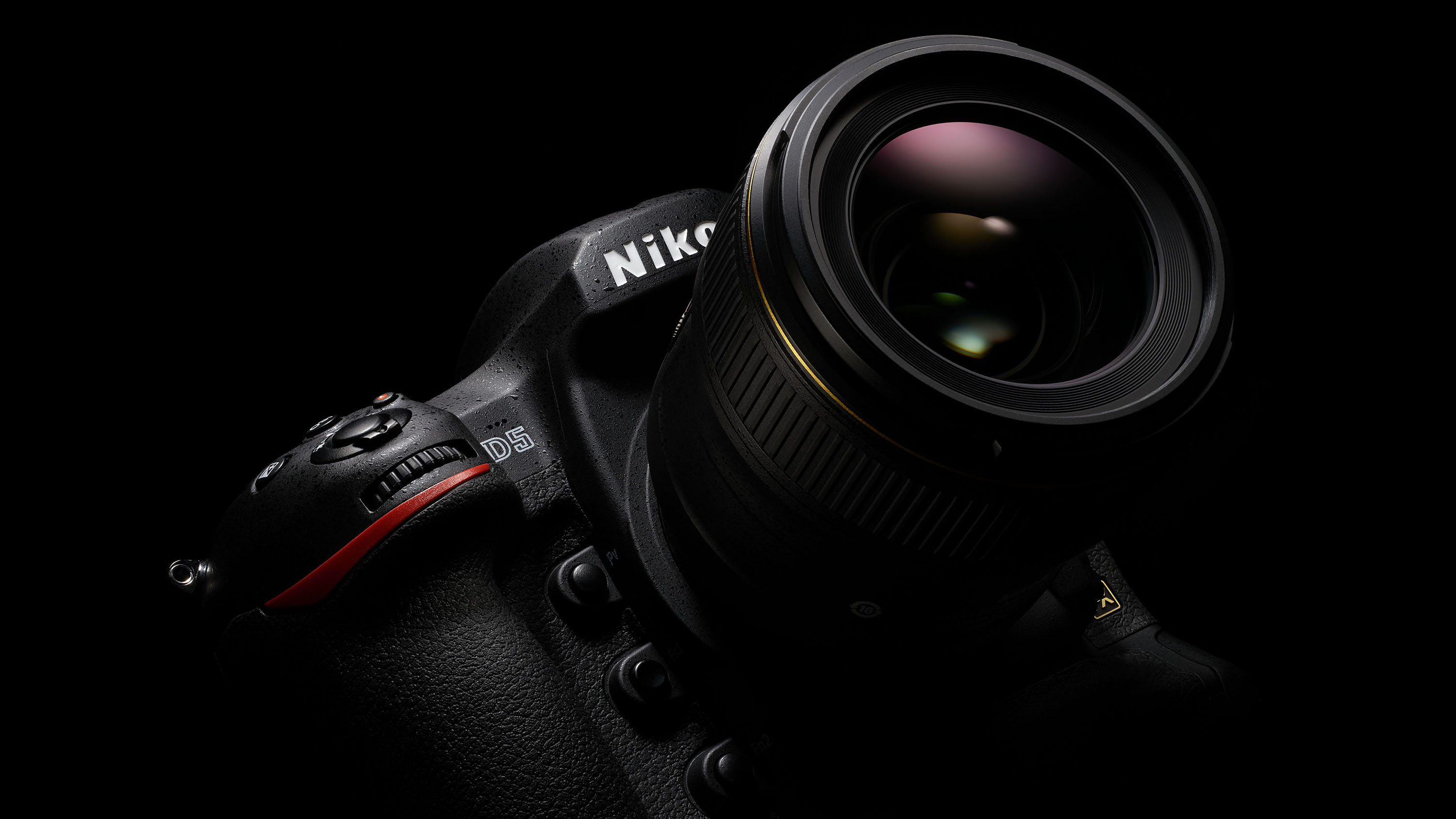
Nikon's flagship DSLR could get a midlife tweak
Predicted specs: Full-frame 20MP sensor | New EXPEED image processor| 14fps burst shooting

Nikon launched the D5 back at CES in 2016, and rather than seeing a 'S' update that Nikon tends to do with its flagship camera every two years, we think Nikon might skip this and release an all-new D6 model.
So what are we likely to see? That's hard to say at the moment, but NikonRumors.com understands that the D6 will be available for testing in February.
We think the resolution should remain the same at 20MP, but a new EXPEED image processor could bring a number of improvements - we can't imagine Nikon would be able to extend the maximum ISO range of ISO3,280,000 found on the D5, but the improved processing power should see improved noise handling.
Burst shooting could also be boosted slightly - the D5 can shoot at 12fps with full AF and metering, so we could see a performance bump to 13 or 14fps.
While the 153-point AF system in the D5 is perhaps the most advanced autofocus systems going, we expect Nikon to improve on this even further.
We might also see some very subtle tweaks to the handling as well, but we shouldn't see a huge shift in button placement.

- Best camera
- Best DSLR
- Best mirrorless camera
- Best full-frame camera
- Best compact camera
- What camera should I buy?
- Mirrorless vs DSLR: 10 key differences
Sony Alpha A7S III
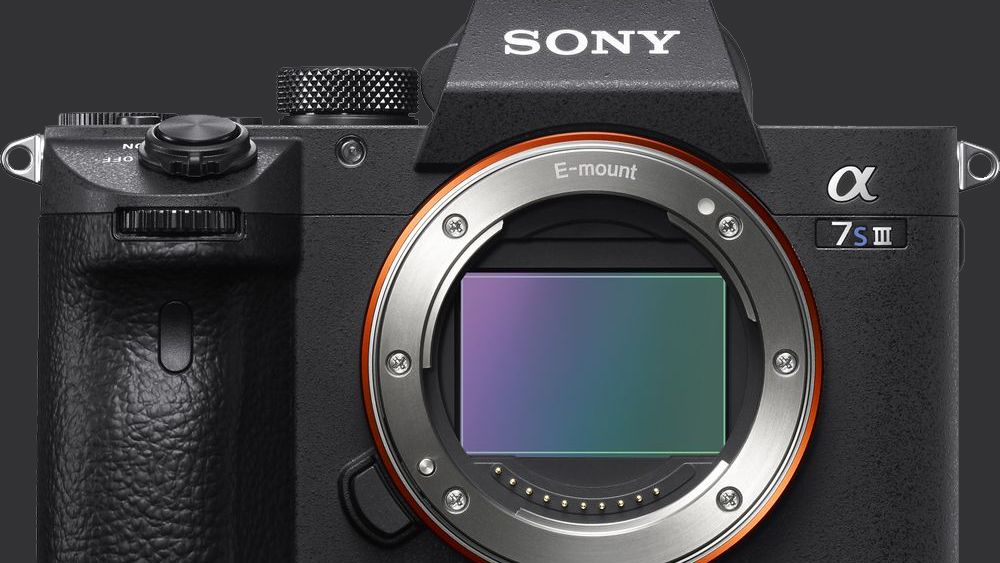
Rumors are growing that we could see an update to Sony's video-focused full-frame mirrorless camera
Predicted specs: Full-frame 12MP sensor | Joystick AF control | Advanced 8K video features

Now we've seen the launch of Sony's megapixel monster, the Alpha A7R III and the more enthusiast-orientated Alpha A7 III, could we now see an update to the more video-focused Alpha A7S II?
We reckon it'll share the same updated body as we've seen with both the A7R III and A7 III, which means it'll take on a number of handling refinements, including a dedicated AF joystick, AF-On button and touchscreen interface.
We'd be surprised if there's a resolution increase over the 12MP Alpha A7S II, but we reckon it'll be an all-new sensor, incorporating Sony's latest sensor tech that's already impressed in recent models.
The biggest improvements should be seen in video performance. With Panasonic's Lumix GH5 and GH5S offering a wealth of advanced video features, we'd be disappointed if Sony didn't match or better these. The Alpha A7S II can record 4K 4:2:0 8-bit video, but could we see this increase to 4:2:2 10-bit like the GH5S? Could we see 4K capture at 60/50p possible as well? There are also rumors that we could see 12-bit 8K video recording. Let's hope so.

Sony Alpha A7000
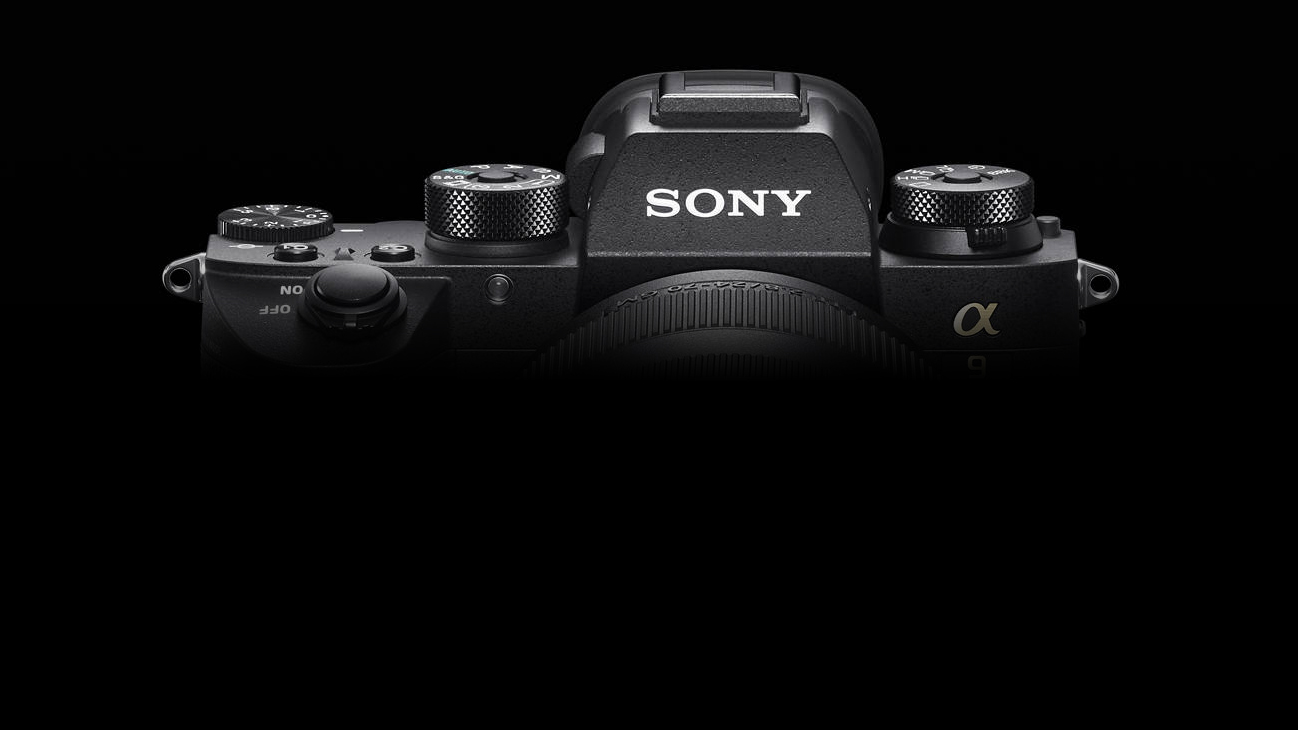
The two-year-old A6500 is still a capable APS-C model, but an A7000 would sit above it in the APS-C range
Predicted specs: 26MP APS-C sensor | Improved AF | Design similar to the Alpha A9

Sony has shown full-frame users a lot of attention in recent years, and this has left its A6000-series looking a little unloved. The A6000, A6300 and A6500 can all still be bought brand new, as as each camera had a solid set of specs to begin with, all three are still a respectable choices in their price categories.
However, rather than seeing a replacement to the Alpha A6500, we could see a new flagship APS-C Alpha camera, which will possibly called the Alpha A7000.
A 'baby' Alpha A9, with the A7000 camera borrowing many of the features of the flagship camera that would then be distilled into a camera based around an APS-C sensor. This is something that Nikon has done with its D5 and D500 DSLR models.
Rumors suggest that it matches and in some aspects exceeds the performance of the Fujifilm X-T3, with better AF and in-body image stabilization, while it will match the 20fps burst shooting speed of the Alpha A9.
As for the sensor, Sony's just updated the database of sensors it manufactures, which includes a back-illuminated (BSI) 26MP APS-C sensor, which would be a good fit for the new camera. There's also talk of the Alpha A7000 using a 32MP APS-C sensor as well.
Sony has made great changes to its autofocusing systems in recent generations of camera too, and while the 425-point phase-detect AF system inside the A6500 is still a cracking performer, the eventual update will likely bring speed improvements and additional AF points to form a denser array, with better tracking capabilities.
Design-wise, it's likely the new camera will feature a similar DSLR inspired look to Sony's full-frame cameras, with a raised and centralised electronic viewfinder.
- Read more: Sony Alpha A7000: everything we know so far

- Best camera
- Best DSLR
- Best mirrorless camera
- Best full-frame camera
- Best compact camera
- What camera should I buy?
- Mirrorless vs DSLR: 10 key differences
Fujifilm X-H2

With the arrival of the X-T3, the flagship X-H1 is looking a little outdated
Predicted specs: 26.1MP back-illuminated X-Trans CMOS sensor | X-Processor 4 | Vastly improve AF system

It might be one of the newer camera's in Fujifilm's X Series range, but we think the X-H1 might be ready for an update.
Why? Well, the arrival of the X-T3 with a new sensor makes, better AF, enhanced 4K video capture and faster processing makes the flagship X-H1 look a little outdated and a hard one to recommend unless in-body image stabilization is a deal breaker.
That's why we don't think it will be too long before we'll see a X-H2 with the new camera taking advantage of the company's forth generation 26.1MP X-Trans CMOS sensor.
This should also see the arrival of Fujifilm's X Processor 4 image processing engine and 4K video recording at up to 60p.

Fujifilm X-T30
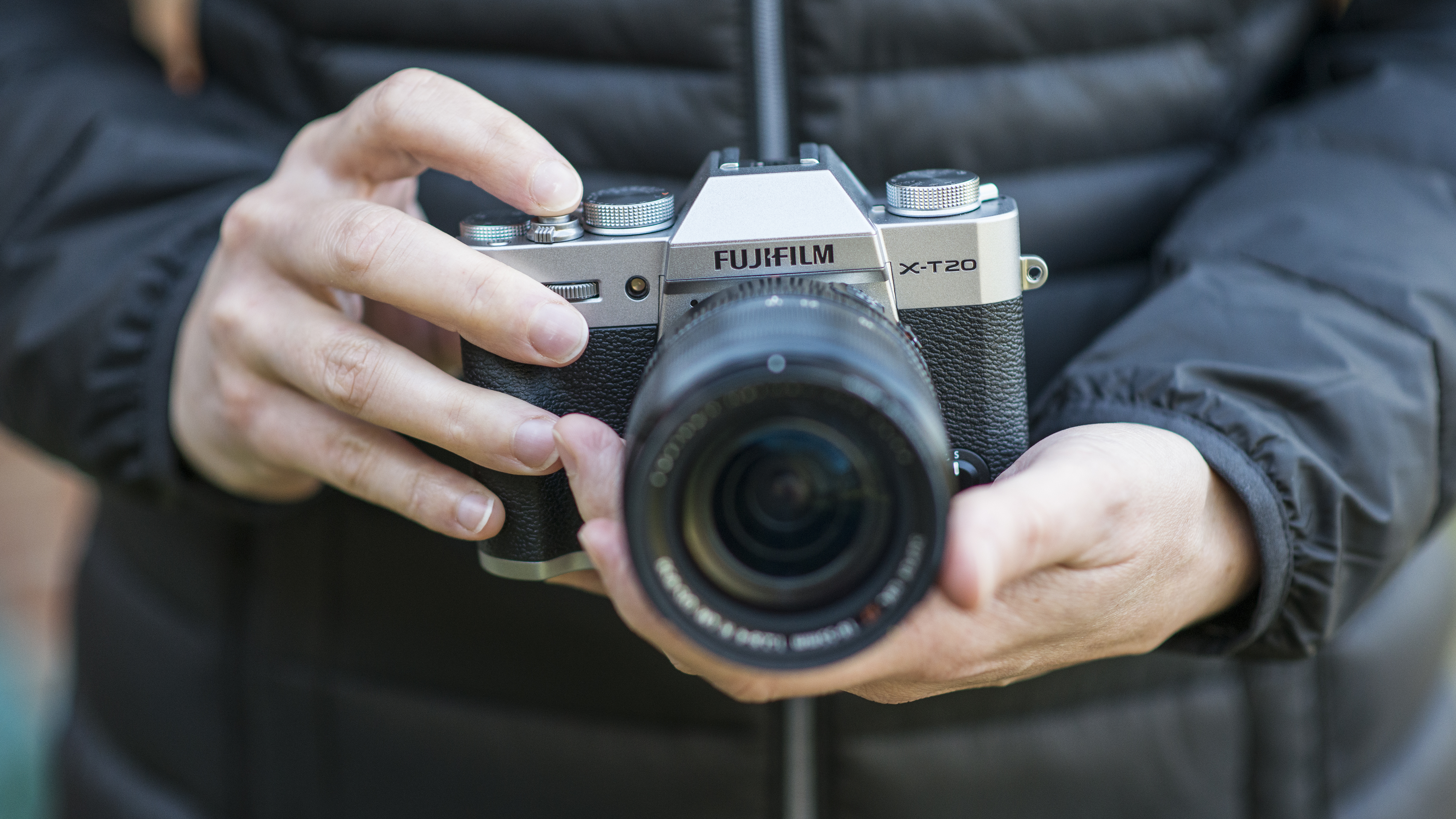
The arrival of the X-T3 also means we could see a new X-T30
Predicted specs: 26.1MP back-illuminated X-Trans CMOS sensor | X-Processor 4 | Vastly improve AF system

Just as the X-T20 followed the X-T2, we'd be surprised if we didn't see a more budget-friendly X-T30 sometime soon as well. We think it'll share a very similar body to the X-T20, but like the X-T3, will use the new 26.1MP back-illuminated X-Trans 4 CMOS sensor.

- Best camera
- Best DSLR
- Best mirrorless camera
- Best full-frame camera
- Best compact camera
- What camera should I buy?
- Mirrorless vs DSLR: 10 key differences
Olympus OM-D E-M1X

It looks like Olympus is getting ready to launch a new flagship Micro Four Thirds camera
Predicted specs: 20MP Micro Four Thirds sensor | built-in vertical battery grip | 4K video

Olympus is marking its 100th anniversary this year, and it looks like its going to kick things off with the launch of a flagship mirrorless camera, most likely called the OM-D E-M1X.
The new camera will be launched on January 24, with Olympus releasing a short teaser video in the build-up to it that gives us a glimpse of what the camera is going to look like.
We've also previously seen leaked images that appear to show a built-in vertical grip; if those images were authentic they also showed a swiveling screen at the back of the camera, alongside a joystick – which would be a first for Olympus.
As for the specs, 43Rumors.com reckons the body will be 144 x 147 x 75mm, and that the camera will feature a 20MP sensor capable of 18fps burst shooting. We could also see an 80MP high-resolution mode, 7.5 stops of image stabilization, an autofocus system that employs artificial intelligence, a larger electronic viewfinder, and double the processing speed of the current E-M1.

Olympus OM-D E-M5 Mark III
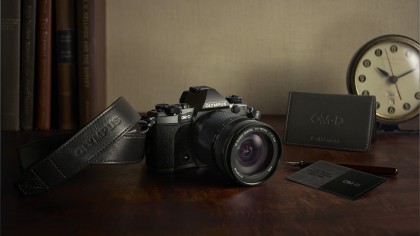
The Olympus OM-D E-M5 Mark II is the odd one out in the OM-D range, so can we expect an update soon?
Predicted specs: 20MP Micro Four Thirds sensor | Core features to remain the same | 4K video

We've seen updates in the shape of the OM-D E-M1 Mark II and OM-D E-M10 Mark III, which just leaves the OM-D E-M5 Mark II to get refreshed in the OM-D series.
We think that for this enthusiast mirrorless camera, Olympus will ditch the 16MP Micro Four Thirds sensor and replace it with the 20MP chip used by the OM-D E-M1 Mark II.
We'd expect to see 4K video capture and maybe the excellent 5-axis image stabilization get a tweak to deliver 6.5 stop compensation like the E-M1 Mark II. Focusing could also get a bump up to 121 points.

- Best camera
- Best DSLR
- Best mirrorless camera
- Best full-frame camera
- Best compact camera
- What camera should I buy?
- Mirrorless vs DSLR: 10 key differences
Panasonic Lumix S1 and S1R

Panasonic breaks from its Micro Four Thirds system and introduces a two new full-frame cameras
Predicted specs: 24MP and 47MP full-frame sensors | Uses Leica L-mount | Advanced 4K video specs

At last year's Photokina image show Panasonic took the wraps off two new full-frame mirrorless cameras, the Lumix S1 and Lumix S1R.
These two new cameras come under a new Lumix S series brand, and while Panasonic hasn't confirmed all the details just yet, there's enough here to get us very excited.
Just as Nikon has done with the Z6 and Z7, Panasonic is looking to launch two models that are pretty much identical, but with different resolution sensors - the S1 will feature a 24MP sensor, the S1R will offer 47MP.
There's also a new mount. Well, new for Panasonic, as it's using the same L-mount that Leica uses for its mirrorless cameras.
For a more in-depth look at what we can expect from the Lumix S1R and S1, follow the link below.

- Best camera
- Best DSLR
- Best mirrorless camera
- Best full-frame camera
- Best compact camera
- What camera should I buy?
- Mirrorless vs DSLR: 10 key differences
from TechRadar - All the latest technology news http://bit.ly/2Vm9CqR